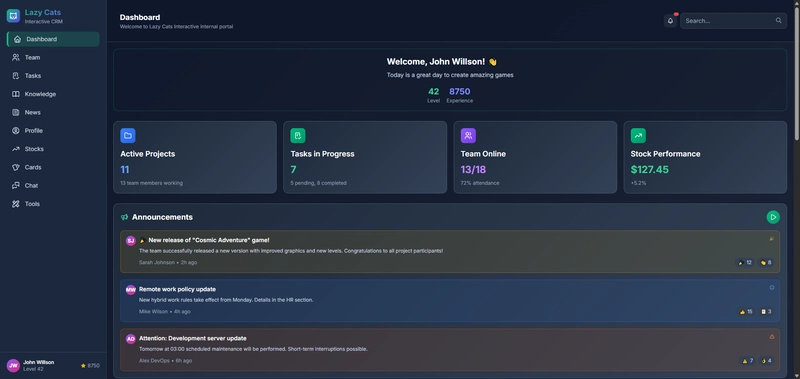WTF is this: Micro Frontends
"Frontend" sounds like a fancy term for a facelift, but trust me, it's not about Botox or nose jobs. Today, we're diving into the wild world of software development, where the term "Micro Frontends" is making waves. So, grab your favorite snack, and let's break it down in simple terms.
What is Micro Frontends?
Imagine you're building a massive Lego castle. You wouldn't want one person to build the entire thing, right? That'd be crazy! Instead, you'd divide the task among friends, each working on a separate section: the tower, the moat, the drawbridge, and so on. When everyone's done, you'd combine the pieces to create the majestic castle.
Micro Frontends is similar, but for web development. It's an architectural approach where multiple, independent frontend teams work on separate, smaller "micro" applications, each responsible for a specific feature or functionality. These micro apps are then combined to form a single, cohesive user interface. Think of it like a Lego castle, but instead of bricks, you're using code.
Why is it trending now?
In recent years, web applications have become increasingly complex, with more features, users, and devices to support. Traditional monolithic frontend architectures, where a single team built the entire UI, were struggling to keep up. Micro Frontends emerged as a response to this complexity, offering a more scalable, flexible, and efficient way to develop modern web applications.
The trend is also driven by the rise of digital transformation, where companies need to quickly adapt to changing market conditions and user expectations. Micro Frontends allows teams to work independently, deploy faster, and make changes without affecting the entire application.
Real-world use cases or examples
- eCommerce platforms: Imagine an online shopping platform with separate micro frontends for search, product catalog, checkout, and customer reviews. Each team can focus on their specific area, improving the overall user experience.
- Banks and financial institutions: Micro Frontends can help banks develop separate applications for account management, payment processing, and investment tracking, ensuring a seamless user experience across different features.
- Media and entertainment: A streaming service might use Micro Frontends to develop separate applications for content discovery, playback, and user profiles, allowing for faster innovation and iteration.
Any controversy, misunderstanding, or hype?
While Micro Frontends offers many benefits, some critics argue that it can lead to increased complexity in the long run, particularly if not implemented correctly. Others worry about the overhead of managing multiple, independent teams and the potential for inconsistent user experiences.
However, the hype around Micro Frontends is largely justified, as it addresses real pain points in modern web development. By understanding the concept and its challenges, teams can successfully implement Micro Frontends and reap its benefits.
#Abotwrotethis
TL;DR summary: Micro Frontends is an architectural approach that breaks down a large web application into smaller, independent frontend applications, each responsible for a specific feature or functionality. This allows for faster development, greater scalability, and improved user experiences.
Curious about more WTF tech? Follow this daily series.

